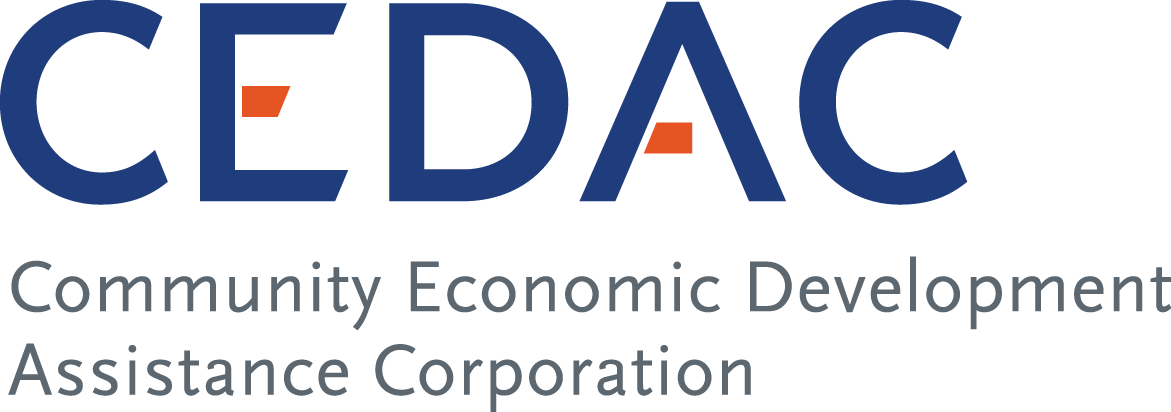Americans generally would prefer growing old in their own homes. Yet many of those homes are ill-suited to the disabilities that can accompany old age.
While the prospect of renovating to accommodate age-related or other disabilities may seem daunting, experts say there are ways to keep costs down, including potential federal tax deductions and assistance from nonprofit and government groups.
Public and commercial buildings nationwide have installed ramps, automatic doors and wheelchair-accessible bathrooms, thanks largely to the federal Americans With Disabilities Act. But while the law can apply to apartment buildings and condos, it doesn’t apply to private homes. Only a few communities — including Tucson, Ariz., and surrounding Pima County — have begun requiring new homes to include some key accommodations.
The Cost of ‘Accessible’
In new homes, accessibility features typically add no more than about 5% to construction costs, according to the Center for Universal Design at North Carolina State University.
But retrofitting an existing home can be more challenging and more expensive: Many were built with narrow doorways and stepped front stoops, or would require installing a first-floor bathroom or a chairlift or elevator to make a bathroom on a higher floor accessible.
External elevators might cost $26,000 or more, while a simple chairlift on a straight stairway could cost $2,500 to $5,000, the Center for Universal Design estimates. Outdoor ramps might cost a few hundred dollars to $2,400 per foot of rise; a wider exterior door could cost $1,600, the group says.
Simpler fixes are cheaper. Family members with Parkinson’s disease or other conditions limiting fine motor skills may need lever-style faucet or door handles in place of knobs. Bathrooms may need grab bars near the toilet to offer a firm handhold.
Aid from Uncle Sam
Federal tax law can help defray the costs by letting you deduct them from your taxable income as medical expenses. However, only medical expenses exceeding 7.5% of adjusted gross income generally are deductible. A physician should also approve the changes as medically necessary in writing, says Rosanne Grande, a financial adviser in Bohemia, N.Y., who has had several clients make their homes more accessible.
And don’t push it. “A lot of people think putting a pool in your backyard is physical therapy,” Ms. Grande says. Except in limited circumstances, “it’s not,” she says. “It’s recreation.”
The tax break can shrink if improvements increase the value of the home, and the cost of making an improvement prettier isn’t deductible. See guidelines and eligible expenses in Internal Revenue Service Publication 502. Some expenses may be deductible under state tax rules as well.
If you receive Social Security disability benefits or Supplemental Security Income, you may be eligible for additional benefits for “impairment-related work expenses,” or certain costs that make it possible to work. These can include some home-modification expenses as well as wheelchairs, vehicle modifications and even some medications.
Sources of Help
Some long-term-care insurance policies pay for some home modifications, as do some state Medicaid programs. Private health insurance and Medicare typically don’t.
For those unable to cover the costs themselves, various organizations, many local, might help, or even do the renovations directly. Some 400 Centers for Independent Living around the country can direct residents to local assistance programs, and may offer lists of contractors specializing in making homes more accessible. (Find a local center at ilru.org, the Web site of Independent Living Research Utilization.) Local housing authorities and Area Agencies on Aging may offer referrals too.
In Atlanta, for example, Senior Citizens Services runs a volunteer program that will install ramps, grab bars and railings for low-income disabled residents, as well as help with more routine maintenance, says program director Stephanie Suggs. The group also keeps a list of other area groups with similar programs.
Most states have an agency organized under the federal 1997 Assistive Technology Act to help disabled residents find financial assistance. The Association of Assistive Technology Act programs offers contact information at ataporg.org/stateatprojects.asp.
Some states offer direct aid as well. Pennsylvania residents can seek no-interest loans from the state’s Housing Finance Agency to modify a home they are buying. The Massachusetts Home Modification Loan Program offers low- and no-interest loans of up to $30,000 to modify a disabled or elderly resident’s primary home.
AARP says it hopes to compile a list of tax and other assistance for home modifications by year end.
